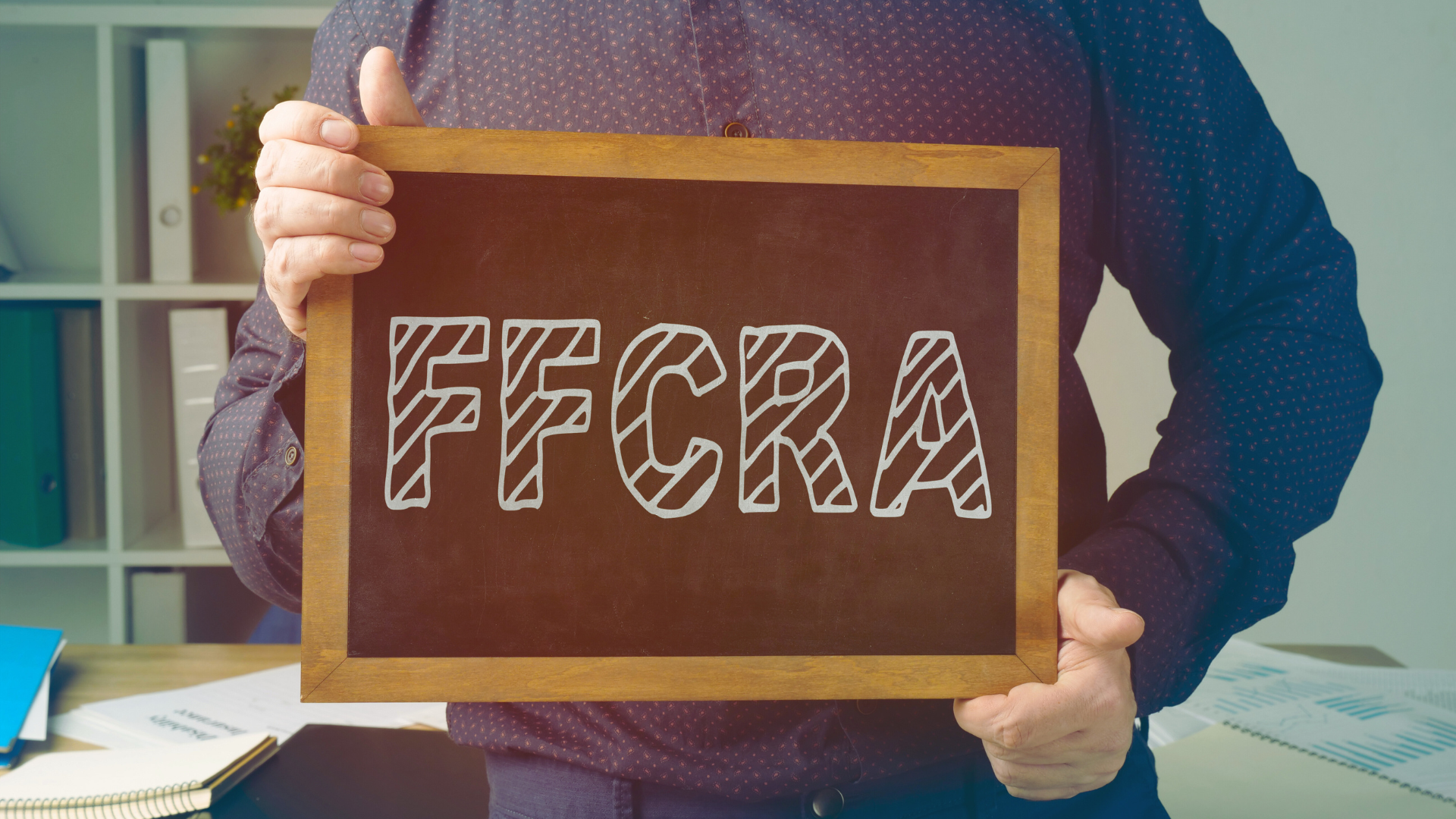Are you self-employed or a small business owner impacted by the COVID-19 pandemic? You could be eligible for tax credits under the Families First Coronavirus Response Act (FFCRA)! In this guide, we’ll break down everything you need to know about how to claim FFCRA tax credits—from figuring out if you’re eligible to filing your claim. With billions of dollars still available, it’s essential to take advantage before the deadline. Ready to learn more? Let’s get started!
What Are FFCRA Tax Credits?
The Families First Coronavirus Response Act (FFCRA), passed in March 2020, was designed to provide relief to employees and businesses affected by the COVID-19 pandemic. The Act introduced several benefits, including tax credits aimed at helping businesses and self-employed individuals cope with the economic impact of the crisis. These tax credits were specifically focused on reimbursing employers and self-employed individuals for the cost of providing paid sick leave and paid family leave to employees, or to themselves in the case of self-employed workers.
Overview of the FFCRA and Its Purpose
The FFCRA’s primary goal was to provide emergency support to those unable to work due to the pandemic, ensuring they could maintain income during periods of illness, quarantine, or caregiving responsibilities. Here’s a brief breakdown of the Act’s broader objectives:
- Protect Employees: Ensure that employees affected by COVID-19 could take paid leave without fear of losing their jobs or their financial stability.
- Support Businesses: Offer tax credits to employers so that they could afford to continue paying employees during mandated leave periods without putting undue financial strain on the business.
- Help Self-Employed Individuals: Extend similar benefits to the self-employed, who were also affected by COVID-related absences but didn’t have an employer to cover paid leave.
Key Provisions for Self-Employed Individuals and Small Businesses
- Paid Sick Leave Credit:
- For Employers: Employers could claim tax credits to cover the cost of providing up to 80 hours of paid sick leave to employees who couldn’t work due to COVID-19 quarantine, illness, or caregiving responsibilities.
- For Self-Employed: Self-employed individuals could claim a similar credit if they were unable to work because they were sick, quarantined, or caring for someone affected by COVID-19. The credit was based on their average daily self-employment income.
- Maximum Benefit: The credit for both employers and self-employed individuals was capped at $511 per day if the individual was sick or quarantined due to COVID-19 and $200 per day if they were caring for someone else or a child whose school or care facility was closed.
- Paid Family Leave Credit:
- For Employers: The FFCRA also required employers to provide up to 10 weeks of paid family leave to employees who were unable to work due to caring for a child whose school or childcare provider was closed because of the pandemic. Employers could claim a refundable tax credit for 100% of the qualified family leave wages paid.
- For Self-Employed: Self-employed individuals could also claim a family leave credit based on their average daily self-employment income, with a limit of $200 per day for up to 50 days.
- Maximum Benefit: The total maximum credit for paid family leave was $10,000 for both employers and self-employed individuals.
- Eligibility for Employers:
- The FFCRA applied to businesses with fewer than 500 employees. Larger businesses were not required to provide these leave benefits.
- Certain small businesses with fewer than 50 employees could apply for exemptions under specific circumstances where compliance with the FFCRA would jeopardize the business’s viability.
- Eligibility for Self-Employed Individuals:
- Self-employed individuals could claim both sick leave and family leave credits, but they needed to document the days they were unable to work due to quarantine, illness, or caregiving responsibilities. Their credit was calculated based on their net income from self-employment for the year.
Differences Between Paid Sick Leave and Family Leave Credits
The paid sick leave credit and paid family leave credit served two distinct purposes under the FFCRA, even though they were both designed to provide financial relief during the pandemic.
- Paid Sick Leave Credit:
- Purpose: To cover the immediate loss of income due to illness, quarantine, or caregiving related to COVID-19.
- Duration: Available for up to 10 days (80 hours) for full-time employees or self-employed individuals, or a proportionate amount for part-time workers.
- Compensation Levels: The credit covered 100% of the individual’s regular wages (up to $511/day) if the individual was sick or quarantined due to COVID-19. It covered two-thirds of the regular wages (up to $200/day) if the individual was caring for a sick person or child.
- Use Cases: Primarily for short-term, acute situations where the individual is sick or needs to provide care for others.
- Paid Family Leave Credit:
- Purpose: To provide extended relief to individuals who could not work for a longer period due to caregiving responsibilities, such as school or daycare closures.
- Duration: Available for up to 10 weeks (400 hours) for full-time employees or self-employed individuals.
- Compensation Levels: The credit covered two-thirds of the individual’s regular wages (up to $200/day), providing a longer-term income replacement option for those with ongoing caregiving responsibilities.
- Use Cases: Best for individuals who were healthy but unable to work due to child or dependent care responsibilities, especially in cases of extended school closures.
2. Who Is Eligible for FFCRA Tax Credits?
- Self-employed eligibility criteria
- Employer criteria for small businesses
- Understanding the qualifying reasons for paid leave (e.g., COVID-19 quarantine, caregiving responsibilities)
- Important timelines and deadlines for eligibility
3. How to Calculate Your FFCRA Tax Credits
- Break down of how to calculate the tax credits for self-employed individuals
- Employer credit calculation for paid sick leave and family leave
- Specific examples and worksheets to help calculate the correct amount
- Maximizing your benefits: What to look out for
4. Step-by-Step Guide to Claiming FFCRA Tax Credits
- How to claim FFCRA credits on Form 7202 for self-employed individuals
- Employer filing: Understanding the necessary forms and documentation
- How to avoid common mistakes during the filing process
- Important tips for accurate documentation and recordkeeping
5. Frequently Asked Questions About FFCRA Tax Credits
- Common questions about eligibility and claims
- Can you retroactively claim the credits?
- Clarifying issues like partial payments, overpayments, and other concerns
Don’t miss out on your opportunity to claim the FFCRA tax credits before it’s too late. Whether you’re a self-employed individual or a small business owner, these tax credits can significantly reduce your financial burden caused by the pandemic. Now that you know how to claim FFCRA tax credits, make sure to review your eligibility, calculate your credits carefully, and file your claim with the right documentation. If you need more guidance, reach out to a tax professional to ensure you’re taking full advantage of the benefits. Act fast—the clock is ticking!


